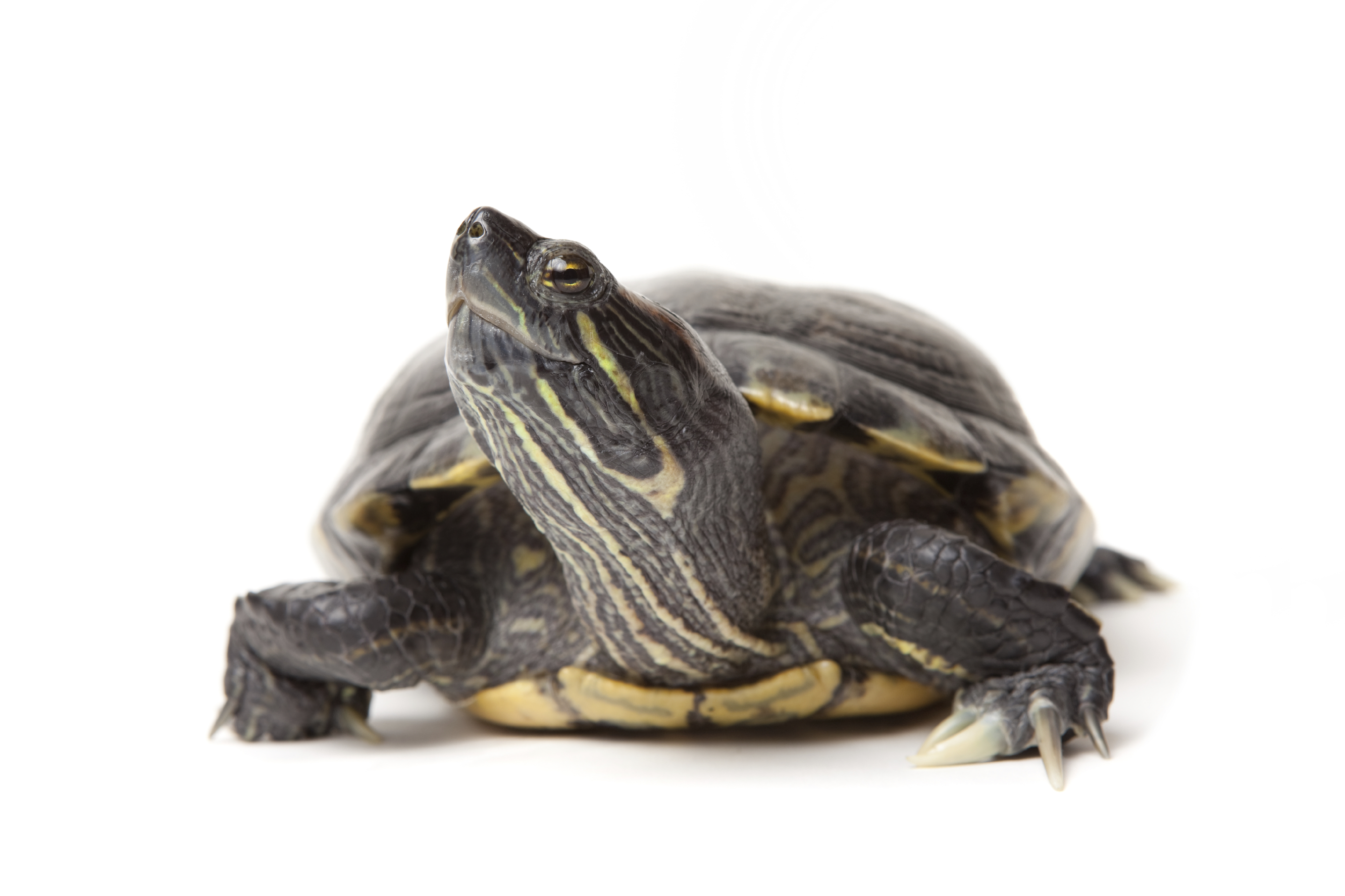Turtle and Tortoise Care Sheet
 |
| Printable Version: Fluker's Tortoise Care Sheet and Product List (PDF) |
Download |
| Video Tutorial: Fluker's Tortoise Setup & Care Tips with Dr. Mark Mitchell (YouTube) |
Watch Now |
Tortoise (Turtle) Habitat Setup and Care |
|
Thinking about getting a pet tortoise? Tortoises are long-lived, hearty, and interesting animals. Although they are endearing pets, they do require very specific care and can be a small challenge to care for. They’ve been around a long time, so they've had plenty of time to pick up a few preferences and to develop a thorough list of personal care needs. This means that caring for a tortoise is a bigger commitment than you may think. It takes time and dedication to make sure that your tortoise stays healthy and strong. Once you a commit to a new pet tortoise, you’ll want to be prepared with the supplies you need to ensure a smooth and healthy transition to your care. NOTE: Each species of tortoise has its own special requirements. The information here is provided as a general guide. Pet owners should seek specific information on the particular type of tortoise they own. |
Quick Facts● A turtle is not a tortoise, but a tortoise is a turtle. A turtle is any shelled reptile belonging to the order Chelonii. The term tortoise more specifically refers to terrestrial, not aquatic, turtles. ● Tortoises live on land, are usually herbivorous, and can't swim. Their feet are round and stumpy, adapted for walking. Water turtles have flippers or webbed feet with long claws, and their shells are flatter and more streamlined. ● Tortoises have been on the planet for more than 200 million years, which means these exciting creatures walked the earth at the same time as dinosaurs. ● They can live from 30-100 years! This means you’ll need to invest in a stable environment for the long term. ● A group of tortoises is called a creep. Tortoises are solitary roamers; however, so you will rarely them in a group. ● A tortoise has a collarbone, ribs, and a spine inside its shell. They can also hide their head, feet, and tail insider their shell. ● Their shells have nerve endings, so tortoises can feel every rub, pet, or scratch. |
EnclosureCreate a habitat that mimics the natural environment of your tortoise. Setting up an outdoor pen for at least part of the year is recommended. House your pet turtle in the largest possible enclosure. As a rule of thumb, the enclosure's volume should be at least 10 gallons per 1 inch of your pet’s shell length. Keep in mind that if your pet is a juvenile, it will grow over time and require more space. A full-grown adult tortoise needs plenty of room to roam. If you are using an indoor enclosure, make sure it is well-ventilated, properly lit, and has a screened lid to prevent it from escaping. |
SubstrateAs far as substrate, you’ll need to adjust your choice based on the specific species of your tortoise. Use pelleted, mulch, or moss-type substrate that retains moisture; some tortoises may eat substrate—if they do, switch to something they can't eat. |
Temperature & LightingTortoises like to soak up the rays and are most active during the day. If your pet’s enclosure doesn’t get a lot of natural sun, light it for 10-12 hours each day using a UVA/UVB bulb to provide the rays they need for strong bones and shells. Curious about your pet’s nighttime activities? Get a specific nightlight bulb to see them without disturbing their sleep. You’ll need to set up a temperature gradient within the enclosure. You can use overheard bulbs or a heat mat to achieve the proper temperature. Keep the warm side about 95-100°F and the cool side around 70-85°F. At night, the temperature throughout the enclosure should be between 60-70°F. Some tortoise species love humidity, and others prefer it dry; you’ll want to check a reputable source for detailed information. Use two thermometers (or two combo thermometer/hygrometers) to ensure you maintain the proper temperature and humidity for your specific species. |
AccessoriesInclude a rock or platform on the warm side of the enclosure for basking and a hide box or cave on the cool side for when your tortoise wants to seek shelter. Decorate the enclosure with lots of plants and sticks. Be sure any vegetation is edible and safe for your pet. Avoid anything steep or rickety on which your tortoise might lose their balance and fall. Don’t forget a shallow dish of water for drinking and splashing. |
Diet & NutritionTortoises are herbivores and require a diet made up of about 80% fresh vegetables (like kale, dandelions and collard greens) and 20% fruits (like apples, melons, and grapes), which can be supplemented with a commercial pellet diet made specifically for tortoises. We do recommend dusting the diet once a week with a powdered vitamin and calcium supplement. Clean dechlorinated water should be available at all times. |
Handling & SafetyMost tortoises are docile and tend to be shy unless two males are put into an enclosure with each other. This is not advisable as they could become aggressive resulting in serious injury. Let your pet adjust to its new home for three or four days before you handle them and always move slowly around tortoises to avoid startling them. Handling your tortoise too much can cause it stress; only do so when necessary. Be careful never to drop or allow your pet to fall! Contact a veterinarian if you notice any symptoms of illness or distress such as more time spent hiding in shell, eating or drinking less, weight loss, swollen joints, discharge from the eyes or nose, discolored shell, or abnormal feces. |

